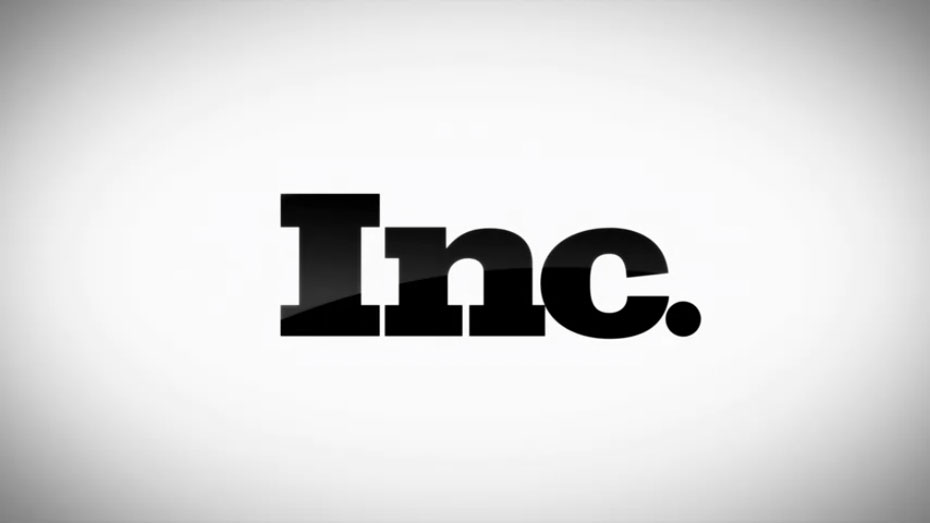
You need to make a decision. A major decision. A life-changing decision. (Aren't all decisions potentially life-changing?)
So you weigh the pros and the cons. You get advice. You analyze. You agonize. You don't want to make the wrong decision... because deep down in places you don't talk about in parties, you want to get it right. You need to get it right.
And you never actually make a decision.
Or, if you do, it's a timid, half-hearted, uncommitted version of the full speed ahead decision that would make success much more likely.
That's the problem with decisions. The stakes always seem high. Loss of time. Loss of money. Loss of ego.
And, if nothing else, loss of self-esteem. Because it sucks to be wrong.
Sound familiar? If so, here's a simple rule that will help you cut through the emotional clutter to make smarter, faster decisions -- and with a lot less angst:
The 2-Way Door rule.
Here's how it works.
How the Two-Way Door rule helps you make better decisions
Think about something major you want to do. If you're like most people, you spend a lot more time thinking about potential downsides. What if you start a business and it fails? What if you change careers and fall flat? What if you relocate and desperately miss your old social circle?
Most of us focus on how much we will regret a decision -- even if it's something we really want to do -- if it doesn't work out.
But when we look back, what we regret are the things we didn't do: The business we didn't start. The career we didn't change. The move we didn't make.
We don't usually regret the things we did, because even if we made a huge mistake, we can fix it. We regret the things we didn't do.
We regret the times we didn't take a chance on ourselves.
Because we tend to think every decision is a 1-Way Door decision.
According to Jeff Bezos -- if you want to embrace a bias towards action, you can do a lot worse than taking a page from the Bezos playbook -- there are two basic kinds of decisions you can make:
- 1-Way Door. These decisions are almost impossible to reverse, so the door only swings one way. Like firing an employee. Selling your business. Ending a vendor or supplier relationship. Generally speaking, once you make a 1-Way Door decision, there's no going back. (Bezos also calls these Type 1 decisions.)
- 2-Way Door. These decisions are reversible, so the door swings two ways. Like hiring a new employee. Starting a side hustle. Providing a new service. Creating new new pricing models. While 2-Way Door decisions can seem life-and-death, especially before you make them... with a little time and effort, they can be tweaked or modified or even reversed. (Bezos also calls these Type 2 decisions.)
As Bezos wrote in his 1997 Amazon shareholder letter:
Some decisions are consequential and irreversible or nearly irreversible -- one-way doors -- and these decisions must be made methodically, carefully, slowly, with great deliberation and consultation. If you walk through and don't like what you see on the other side, you can't get back to where you were before.
But most decisions aren't like that -- they are changeable, reversible -- they're two-way doors. If you've made a sub-optimal Type 2 decision, you don't have to live with the consequences for that long. You can reopen the door and go back through.
According to Bezos, as organizations grow they tend to apply the 1-Way Door rule to more and more decisions. (Hey, we're big: Every decision is mission-critical.)
The same happens to us as individuals. The more responsibilities we have, the more goals we set... when life is complicated and time is short -- as life and time always seems to be -- the every decision can seem mission-critical.
But most are not.
How to apply the 2-Way Door rule
As Inc. colleague Jessica Stillman writes, "Not all decisions are created equal. Some require deep thought. Other, less weighty choices just demand speed and basic competence."
So the next time you're struggling to make a decision, take a step back and make a more basic decision:
Whether you're turning a 2-Way Door decision into a 1-Way Door decision.
Granted, you'll get some 2-Way Door decisions wrong. But that's okay. Trust that you'll figure out how to react and respond. Know that you'll come out the other side a little more skilled and experienced.
As Bezos writes, "You need to be good at quickly recognizing and correcting bad decisions."
Which all starts with recognizing the difference between 1-Way Door and 2-Way door decisions.
Because then you'll actually make a lot more decisions.
